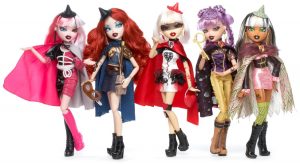It’s a bold claim, to be sure. But I hold that F. Scott Fitzgerald would have loved La La Land, – and not simply because the movie pays homage to jazz.
Scott Fitzgerald is fore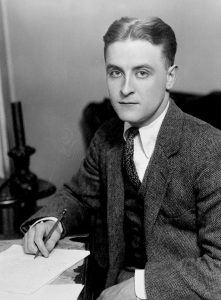 ver immortalized as one of the greatest American writers since the publication of his most famous work The Great Gatsby. Heralded now as the ‘Great American Novel’, The Great Gatsby is a staple of American education. I remember studying the structure, plot, and symbols of the story in a middle school English class, twice more in two separate high school English classes, and then again in a college seminar.
ver immortalized as one of the greatest American writers since the publication of his most famous work The Great Gatsby. Heralded now as the ‘Great American Novel’, The Great Gatsby is a staple of American education. I remember studying the structure, plot, and symbols of the story in a middle school English class, twice more in two separate high school English classes, and then again in a college seminar.
My opinion remains, perhaps, unpopular. I cannot say I ever particularly connected with, respected, or even liked a single character who filled the pages of my now worn copy of The Great Gatsby. I never understood my Professor’s definition of Gatsby as a hero. Gatsby was a dreamer. He lived a life of utter illusion, and saw the world, not as it was, but as he hoped it to be. To Fitzgerald, who championed this idea of new heroism (and to my Professor) Gatsby’s refusal to accept the truth of the world made him a hero. To me, it made him a coward.
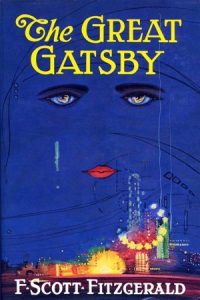 That is until I watched La La Land.
That is until I watched La La Land.
The age gap between The Great Gatsby and La La Land is ten years shy of a century. Yet despite this, La La Land finally made F. Scott Fitzgerald and his hero ideal click for me.
La La Land depicts the struggles of an ambitious actress named Mia (Emma Stone) and a devoted Jazz musician named Sebastian (Ryan Gosling) as they maneuver the hope-crushing streets of modern-day Los Angeles, fighting for both their dreams and their future together. [SPOILER ALERT] The movie ends as Mia, trailing her husband, turns around and meets eyes with Sebastian one last time over the nostalgic haze of his crowded Jazz club. In the moment, both imagine their life together. Then the music ends, and reality sets in. Both have surpassed their ambition. But it has taken them on diverging paths.
Soon after I watched La La Land for the first time, I read a review that described the underlying message of the movie to be: “in a place of dreams, not every one of them comes true”. My immediate, almost visceral, response sparked an avalanche of thought that surprisingly enough led straight to Fitzgerald.
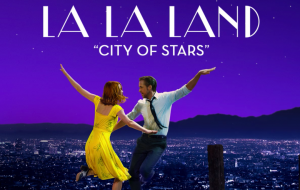 The message of La La Land is so much more than “in a place of dreams, not every one of them comes true”, just like The Great Gatsby is about so much more than working hard to achieve wealth and success. La La Land, at heart, depicts the beauty and significance found in having the ability to dream. Mia’s Audition song, played at one of the most climatic parts of the movie, expounds this. The lyrics read out, “Here’s to the ones who dream, foolish as they may seem; Here’s to the hearts that ache, here’s to the mess we make”. Dreaming is not the means to an end – like hope, or ambition. Dreaming is the end.
The message of La La Land is so much more than “in a place of dreams, not every one of them comes true”, just like The Great Gatsby is about so much more than working hard to achieve wealth and success. La La Land, at heart, depicts the beauty and significance found in having the ability to dream. Mia’s Audition song, played at one of the most climatic parts of the movie, expounds this. The lyrics read out, “Here’s to the ones who dream, foolish as they may seem; Here’s to the hearts that ache, here’s to the mess we make”. Dreaming is not the means to an end – like hope, or ambition. Dreaming is the end.
Mia continues to sing, “A bit of madness is key to give us new colors to see, who knows where it will lead us? And that’s why they need us”. It was in this moment that I finally understood Fitzgerald’s ideal of a hero – a character who lives a life of illusion and endless possibilities. The dreamers, the people with a bit of ‘madness’ are the Gatsby’s of the world. And though they are perhaps a little bit mad, they are necessary to make the world a beautiful place. The ‘they’ in Mia’s song fit into Fitzgerald’s idea of anti-heroes – people who cannot dream and whose world lacks the luster and color and the world of a dreamer would hold.
While watching La La Land I transcended my normal perspective on life and dreams, as the characters did. Although it was hardly realistic, I believed from the movie’s opening number that she, as an admittedly average actress, and him, as a struggling musician, could not only both find success but do so while staying together. I dreamed with them the whole time; I believed in a happy ending.
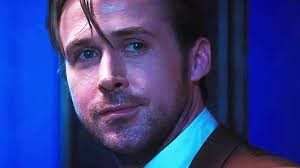 In this lies why the movie was so effective to me.
In this lies why the movie was so effective to me.
I realized as the last number played out that the movie was about to end. Additionally, I realized it was about to end with Mia married to someone else and Sebastian alone. For a moment, the illusion I was under the whole movie came crashing down. But then, right after the montage of what their life together could have looked like, and right after Mia walks out of the club, she turns around. They make eye contact and smile at each other. Is this peaceful, almost feel-good ending possibly realistic? Is it part of the montage still or really happening in the movie? I don’t know for sure. But, as the audience, I am left believing – perhaps dreaming – that it did. My own ability to believe in such endless possibilities and to dream that the world really could be this way is significant to how I walked away from the movie feeling.
I see Mia and Sebastian as tragic, but beautifully so. Their lives are full of passion and color. Just like Jay Gatsby’s. And so, I hold that F. Scott Fitzgerald would have loved not only the heroic characters present in the film, but the power the film carries to transform its audience into dreamers themselves.


